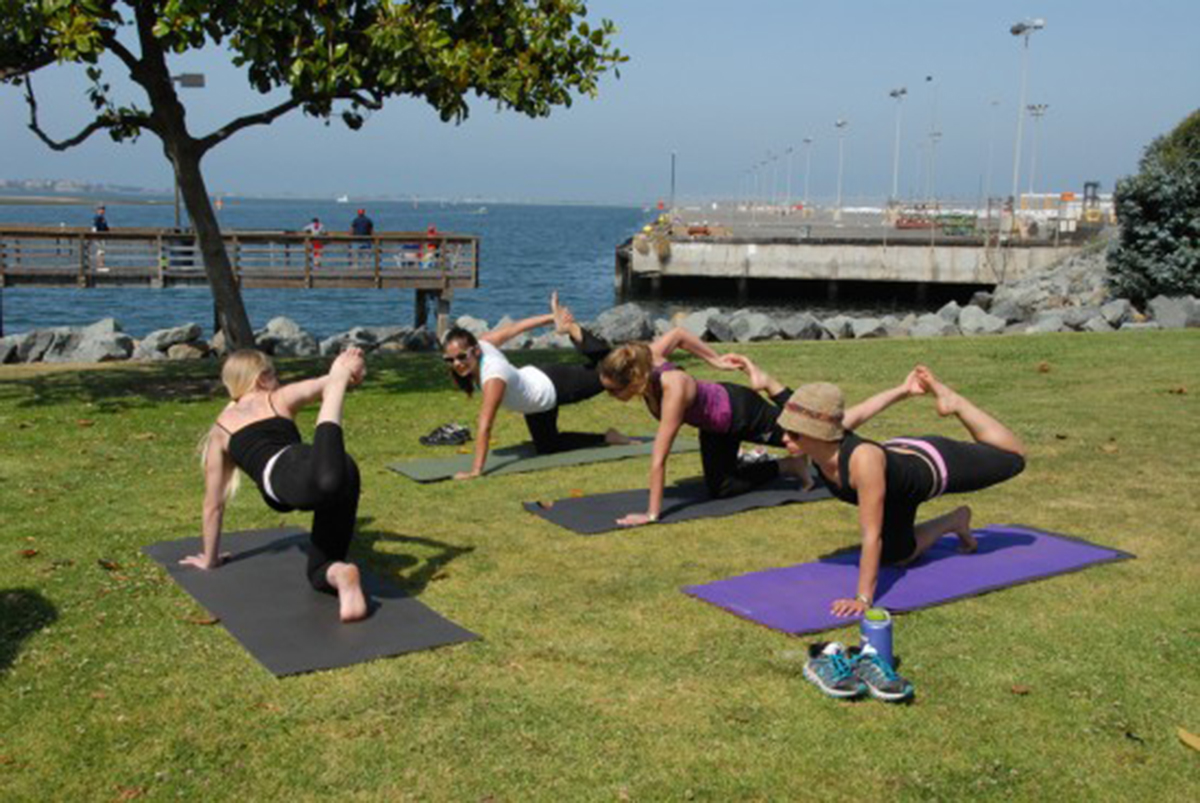Table of Contents
It’s probably been drilled into you since your gym class days at school.
Stretching is vital before a warm up.

You need stretching to help loosen your muscle fibers, warm up your joints, get rid of any tightness and soreness and help prevent injury. At least that’s what they say.
Like anything though, the research and knowledge on stretching has grown phenomenally in recent years, and the experts are now starting to realize that what we’ve all been doing in regard to stretching in the pre-training warm up may actually not be any good for injury prevention at all.
Let’s take a closer look at static stretching first though.
What is Static Stretching?
Static stretching involves holding a stretch for a sustained period of time. Using typical examples such as the quadriceps stretch – standing on one leg while pulling the other leg up to your butt – or the pec stretch -- performed by holding your arms up at 90 degrees with your forearms against the sides of a doorway while pushing your body weight forward – we’ll describe static stretching.
The idea is to take the stretch to around a level 6 or level 7. This means that if a level 1 meant you were hardly feeling the stretch at all, and a level 10 was excruciating pain, feeling like your muscles were about to rip, a 6 or 7 would be moderately uncomfortable.
You’d generally hold this stretch for 15 to 20 seconds.
Now, this is all well and good. You certainly can’t argue that this stretches and loosens your muscles. But is that necessarily what you want before training?
The Trouble with Static Stretching
The issues with static stretching are twofold.
Many people stretch simply as a matter of course, when in reality, it just isn't needed. Everyone will have tight muscles somewhere, but, as the theory goes, for every action, there is an equal and opposite reaction. In the realms of stretching, this means that if one muscle is tight, it’s highly likely the opposite muscle is weak. If you have tight quads for instance, your hamstrings are probably loose and weak, which would render static stretching them virtually redundant, as they don’t need to be any more flexible.
Think of your muscles like a spring. When they’re coiled up and have a degree of tension, they can fire more explosively. They’ll be more powerful, forceful, and ultimately – stronger. Now, if you unwind that spring, there’s no way it’s going to be as powerful, and it’s the same for your muscles.
By stretching them, you don’t exactly uncoil them as you would a spring, but you do “turn off” the spindle fibers and receptors that are responsible for sending signals back to the brain. This means your muscle reaction time may be down and by getting rid of the tension, you reduce your strength potential.
Read More: 7 Stretching Exercises You Should Perform
If tight adductors stop you from squatting without your knees caving in for instance, or you can’t get the shoulder mobility to perform overhead presses without stretching your lats first, then some targeted static stretching can be beneficial.
- Static vs.Dynamic Flexibility, by Brian Mackenzie, Accessed October 17th, 2013
- www.brianmac.co.uk/articles/scni43a4.htm
- Photo courtesy of Port of San Diego by Flickr : www.flickr.com/photos/portofsandiego/7244594932
- Photo courtesy of tonydude919 by Flickr : www.flickr.com/photos/98777704@N00/1471599810/


Your thoughts on this